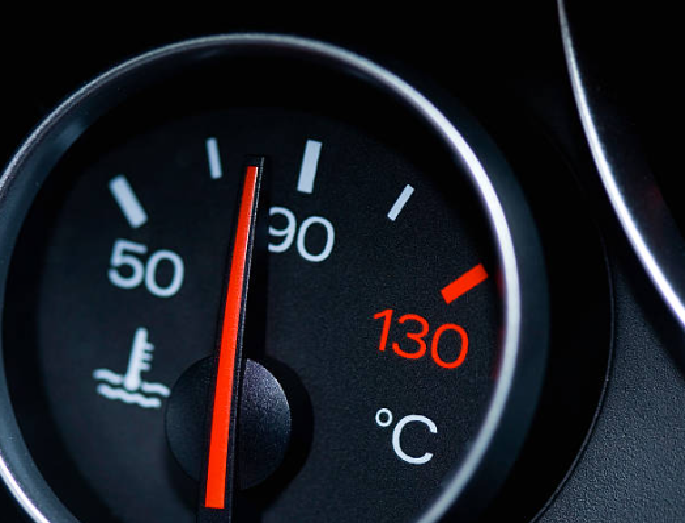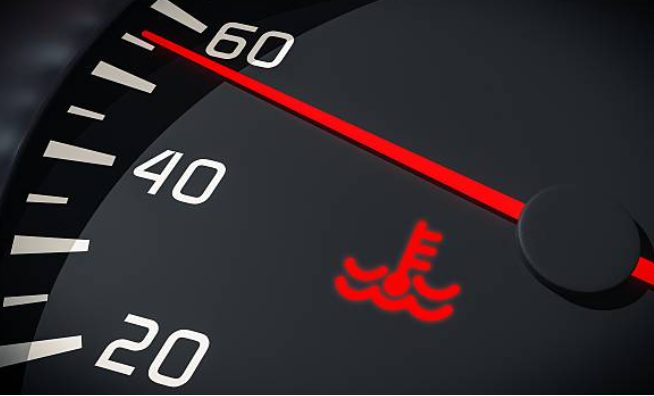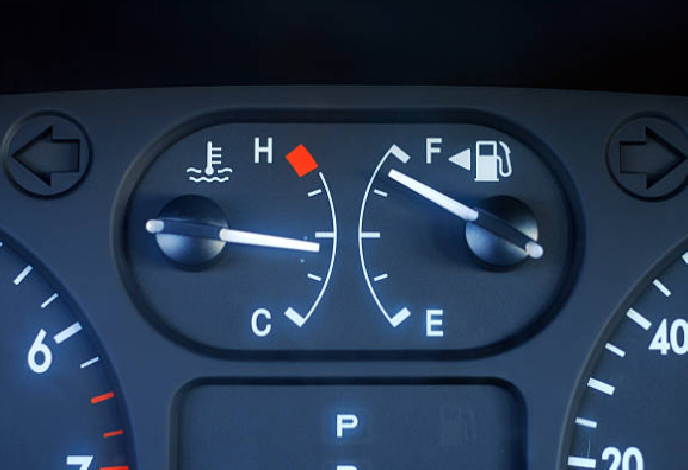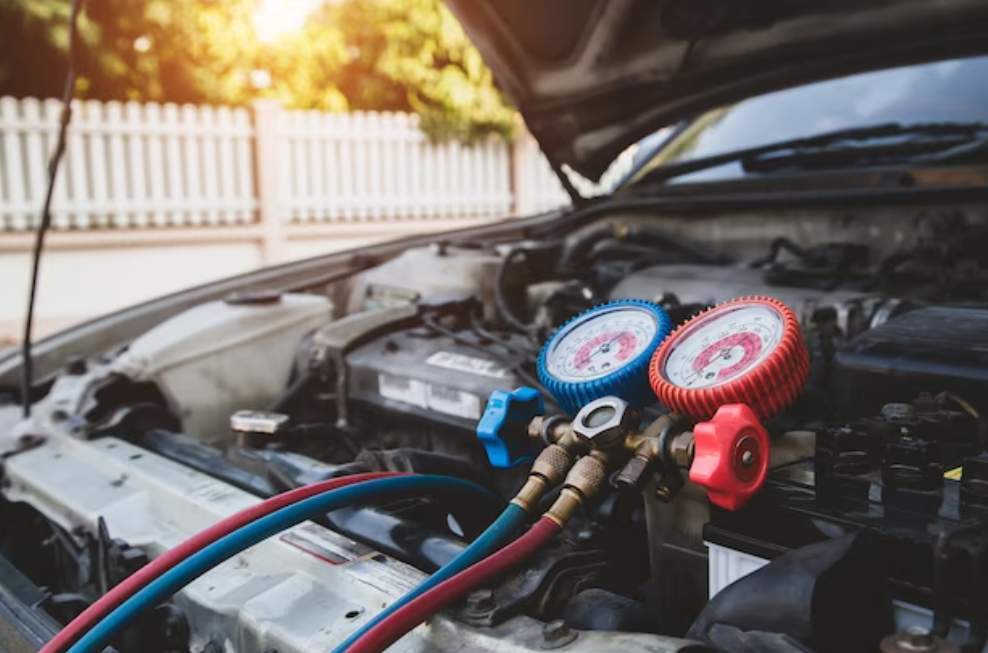How To Fix Temperature Gauge Issues In Your Vehicle
When your temperatures start to fluctuate, the most important factor is accuracy. Keeping a vehicle in check with the proper temperature gauge can help prevent issues down the road. Whether you're an expert technician or just starting out, knowing how to identify and repair any temperature gauge problem is critical. In this blog article, we will offer practical tips for dealing with defective gauges and restoring their efficacy. Keep reading to learn more about troubleshooting and fixing your car's temperature sensor!

What Causes Temperature Gauge Problems?
The coolant temperature in an engine is measured via the temperature gauge. When it fails, it can create difficulties ranging from engine damage to safety concerns. A defective sensor, a broken thermostat, a blown head gasket, a damaged radiator, or a malfunctioning water pump are all typical reasons of temperature gauge difficulties. It is critical to correct temperature gauge issues as soon as possible to avoid further engine damage or potential safety dangers while driving.

Start with a Visual Inspection: Check for any visible signs of coolant leaks, loose or damaged wiring connections, or physical damage to the temperature sensor or gauge.
Verify Coolant Level: Ensure that the coolant level in the radiator and overflow reservoir is at the appropriate level. If it's low, top it up and monitor if the temperature gauge behavior improves.
Check for Engine Overheating: If the temperature gauge consistently indicates high temperatures or the engine shows signs of overheating (such as steam or unusual smells), it suggests a cooling system problem. Inspect the radiator, water pump, thermostat, hoses, and cooling fans for any issues.
Test the Temperature Sensor: Using a multimeter, measure the resistance of the temperature sensor while the engine is cold and then when it's hot. Compare the readings to the specifications provided by the vehicle manufacturer. If the readings are outside the expected range, the sensor may be faulty and need replacement.
Inspect the Cooling Fan: Ensure that the cooling fan operates when the engine reaches operating temperature. You can do this by letting the engine idle and observing if the fan turns on. If it doesn't, check the fan motor, relay, and temperature switch for faults.
Check for Wiring Issues: Examine the wiring connections between the temperature sensor, gauge, and instrument cluster. Look for loose or corroded connections, damaged wires, or blown fuses. Repair or replace any faulty components.
Test the Instrument Cluster: If all other components seem to be functioning correctly, the issue may lie with the instrument cluster itself. Consult a professional mechanic who can perform diagnostic tests on the cluster or replace it if necessary.
Consult a Professional: If you're unable to identify the cause of the temperature gauge problem or if you're not comfortable performing the diagnostics yourself, it's recommended to take your vehicle to a qualified mechanic. They have the expertise and specialized tools to diagnose and repair temperature gauge issues accurately.

Replacing a temperature gauge in a vehicle's dashboard can be a complex task. However, if you possess sufficient DIY mechanical experience and feel confident working with the electrical systems of your vehicle, you may consider attempting the replacement yourself.
To proceed with the temperature gauge replacement, gather the necessary materials: a new temperature gauge, hand tools, and a wiring diagram specific to your vehicle. Before starting any work on electrical components, remember to disconnect the battery as a safety precaution. Once you have located and removed the old temperature gauge from the dashboard, carefully follow the instructions provided with the new gauge to install it correctly. After installation, it is crucial to test the new temperature gauge to ensure its proper functionality.
If you are uncertain about the installation process or lack experience working with automotive electrical systems, it is advisable to seek assistance from a professional mechanic who can handle the replacement more efficiently and effectively. Their expertise will help ensure a successful installation and minimize the risk of any complications.
Maint a vehicle's temperature gauge is crucial to the proper functioning of the engine and the overall longevity of the vehicle. Regularly checking the coolant level, changing the coolant on schedule, performing regular engine maintenance, and monitoring the temperature gauge can help keep the engine running efficiently and prevent potential overheating issues. If any issues with the temperature gauge arise, it is essential to have it checked by a professional mechanic. Addressing any overheating issues promptly can help prevent serious engine damage. Following these tips for maintaining a temperature gauge can help keep your vehicle running smoothly and avoid costly repairs.
-
Can I fix a temperature gauge issue myself?
Fixing a temperature gauge issue depends on the cause and your level of mechanical expertise. Simple tasks like checking the coolant level or verifying electrical connections can be done by some DIY mechanics. But it's preferable to have a professional technician to help if the issue calls for sensor replacement, instrument cluster repair, or sophisticated electrical work.
-
How long does it take to fix a temperature gauge issue?
The repair time for a temperature gauge issue depends on the specific problem and the required repairs. Simple tasks like replacing a temperature sensor can usually be completed within an hour or two. However, more complex issues may take longer, especially if it involves diagnosing wiring problems, instrument cluster repairs, or other intricate procedures.
See more review here: The 10 Best IPad Car Mounts For Convenient And Safe Driving













